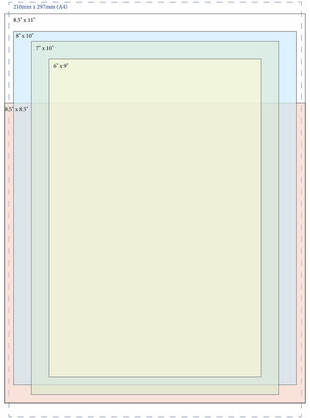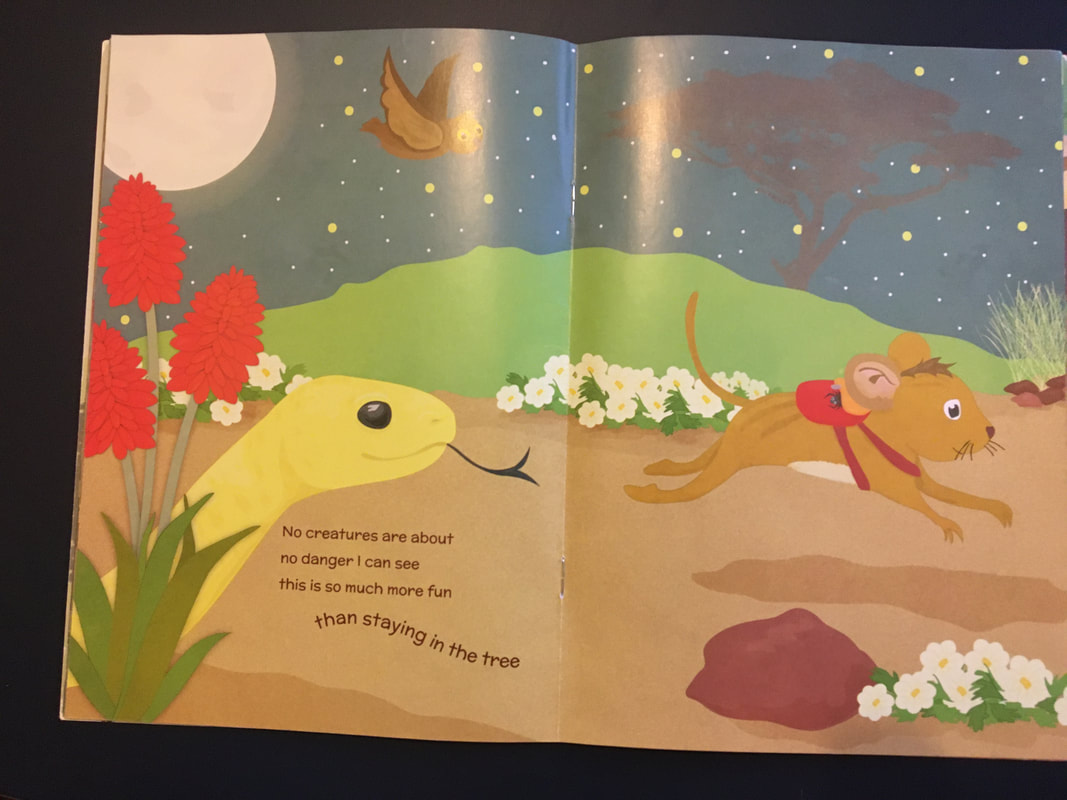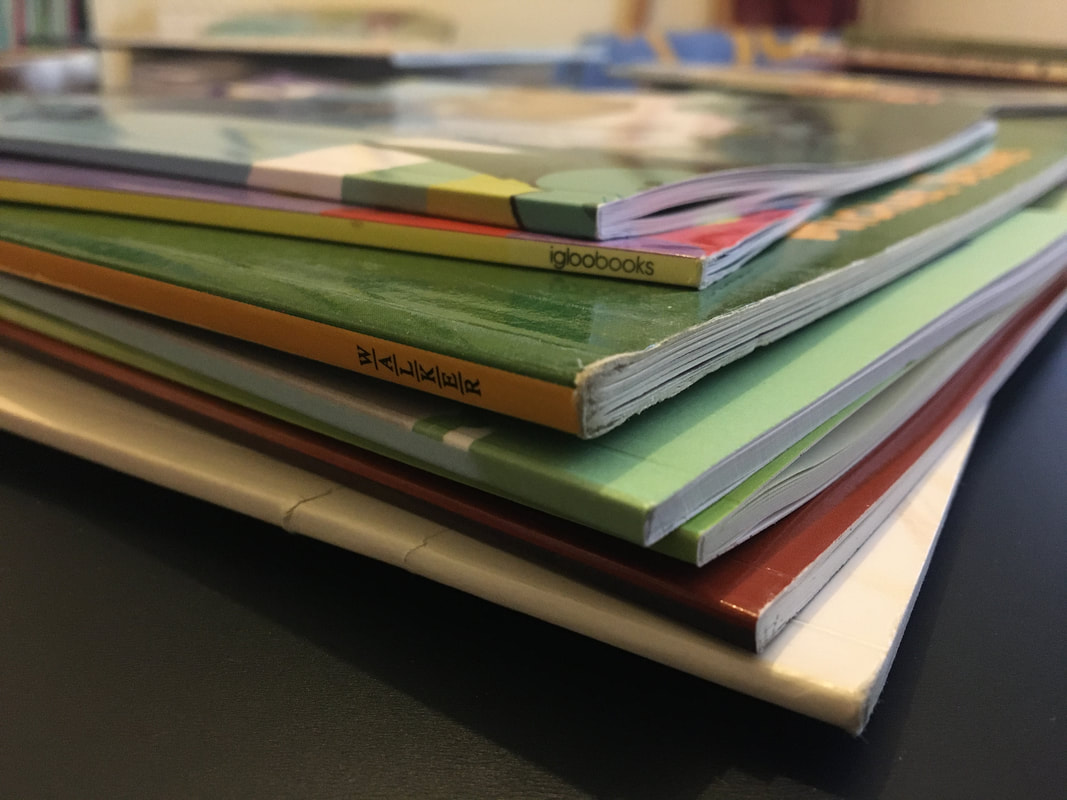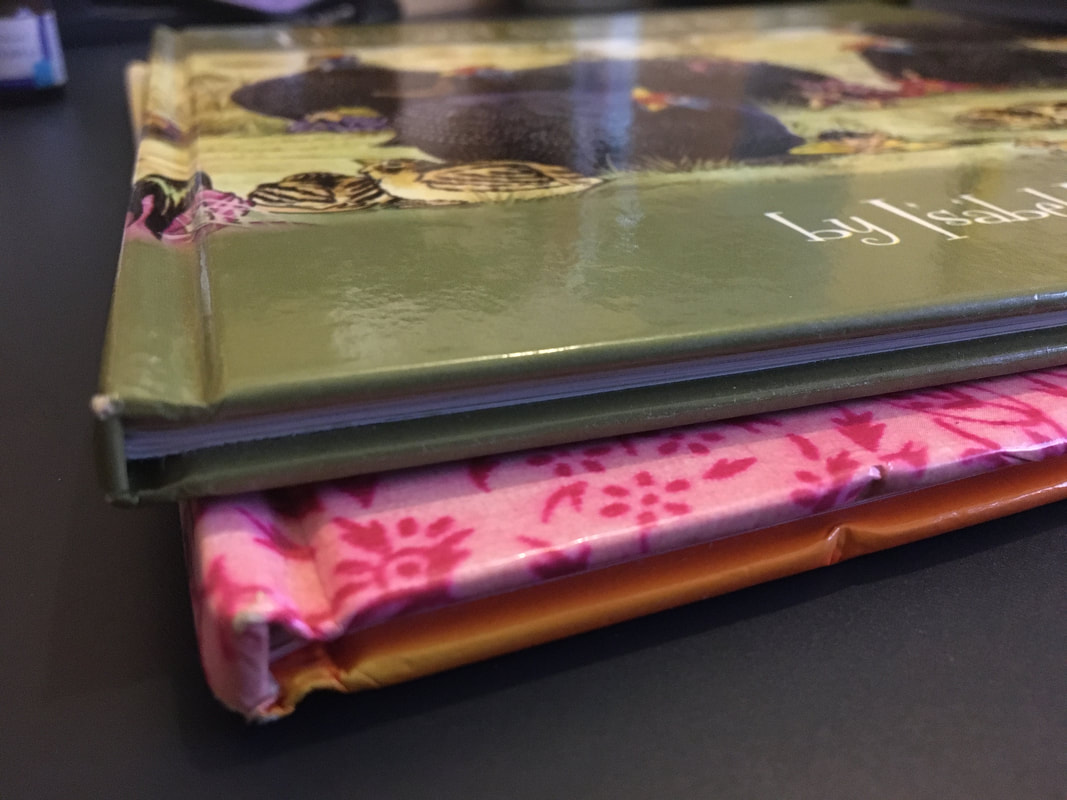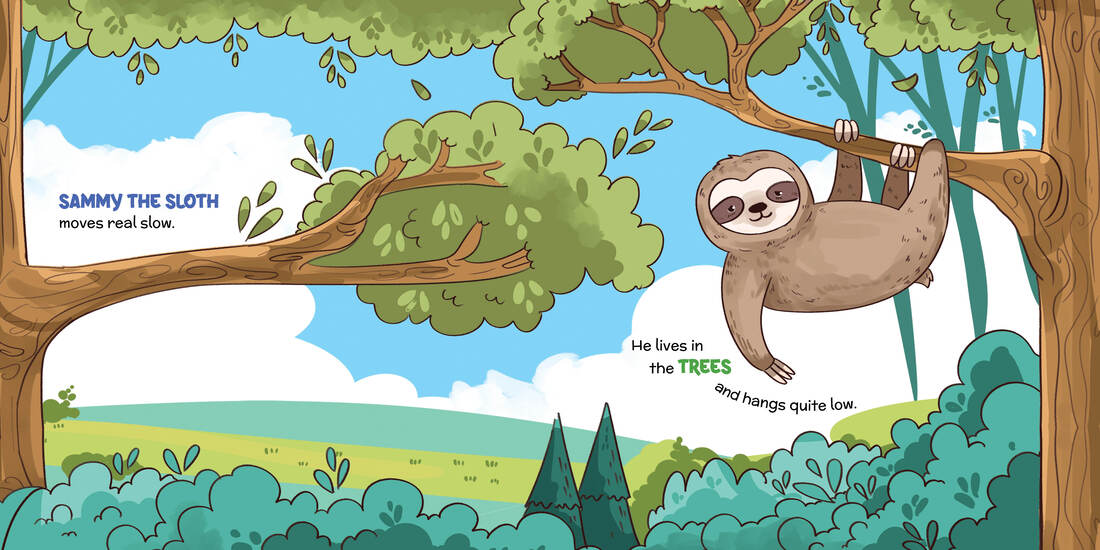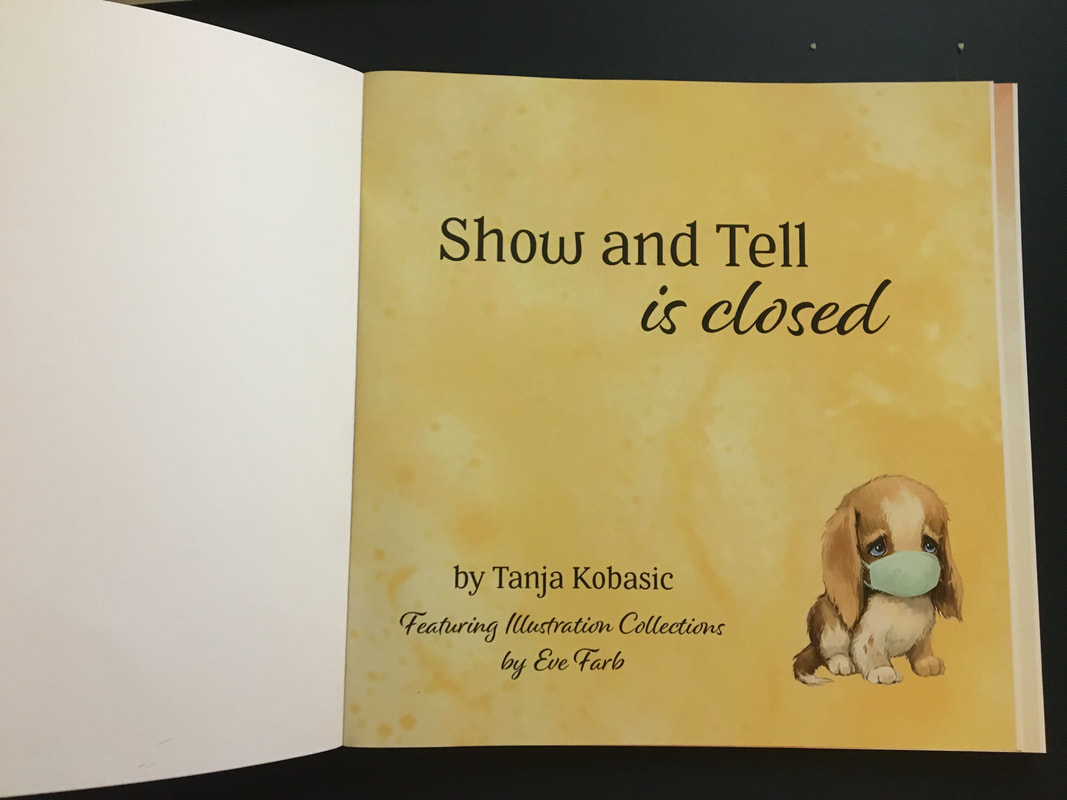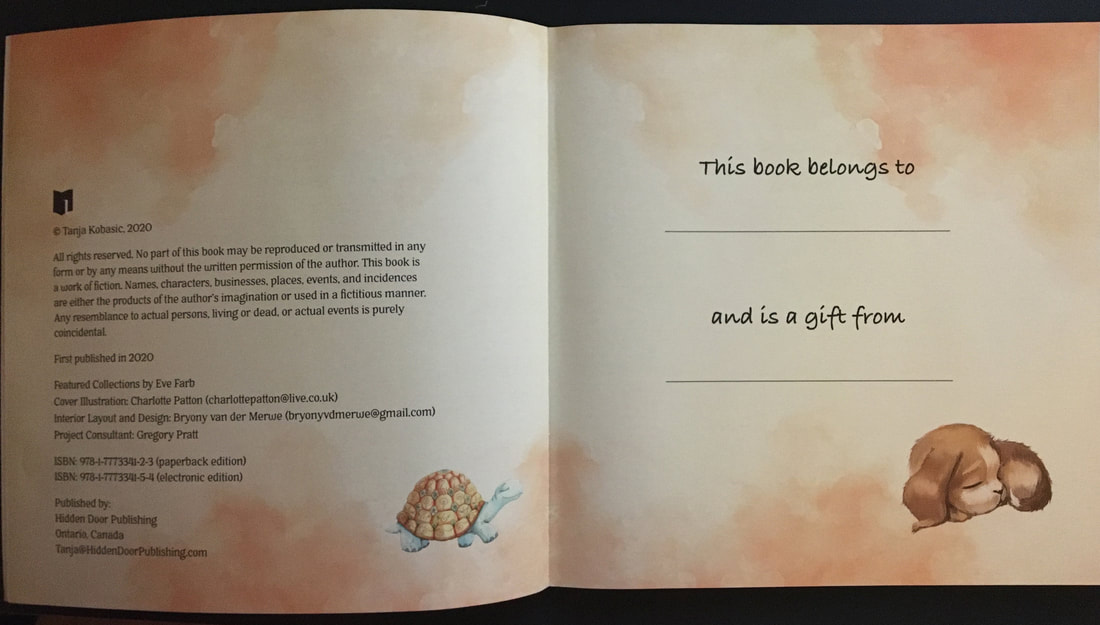step 1 - finding inspiration
So, there you are. You’ve written a good story and have grand visions of publishing it. So now what? How to turn these words into a book?
My advice is to start by taking a trip to the bookstore. Seriously. A physical trip to the bookstore. Seeing physical books on shelves and being able to touch, feel, and smell them is a gift to anyone who wants to make a book.
Look at books that are similar in content and length or have a similar target audience to the book you want to create. Hopefully, one of the ones you pick up will speak to you, and you’ll be like, “This is it.” Or maybe it’s a couple of books – the size of this one, the binding style of that one, the paper in a third.
Then get intimate with the books you choose – take photos, write down their names, get their numbers, and measure the size (you might need to buy the book first). I have an extensive collection of children’s books and often browse them when searching for inspiration.
What you are hoping to come away with after this exercise is:
Page size:
You need to choose something that works with your printing service and budget. Perving over an embossed hardcover is one thing, but it's a bit pointless if your printer (or wallet) can’t handle it.
Popular book sizes are below. The dimensions are in inches, because that’s what most online print-on-demand companies use. I’ve included a standard A4 page in the background for reference for those of us using the metric system. Also note that if you go with IngramSpark, their landscape size is 11" x 8.5".
My advice is to start by taking a trip to the bookstore. Seriously. A physical trip to the bookstore. Seeing physical books on shelves and being able to touch, feel, and smell them is a gift to anyone who wants to make a book.
Look at books that are similar in content and length or have a similar target audience to the book you want to create. Hopefully, one of the ones you pick up will speak to you, and you’ll be like, “This is it.” Or maybe it’s a couple of books – the size of this one, the binding style of that one, the paper in a third.
Then get intimate with the books you choose – take photos, write down their names, get their numbers, and measure the size (you might need to buy the book first). I have an extensive collection of children’s books and often browse them when searching for inspiration.
What you are hoping to come away with after this exercise is:
- Your book size
- Binding
- Paper type
- Word count
- Page count
Page size:
You need to choose something that works with your printing service and budget. Perving over an embossed hardcover is one thing, but it's a bit pointless if your printer (or wallet) can’t handle it.
Popular book sizes are below. The dimensions are in inches, because that’s what most online print-on-demand companies use. I’ve included a standard A4 page in the background for reference for those of us using the metric system. Also note that if you go with IngramSpark, their landscape size is 11" x 8.5".
Binding:
There are three main options when it comes to binding children’s books:
There are three main options when it comes to binding children’s books:
- Saddle-stitched, which is a fancy way of saying that the book is simply stapled together.
- Perfect-binding (or PURR, which is similar) is when the pages are glued together, and the book has a spine. Something to note is that this type of binding usually has a minimum page count of 24.
- Hardcover, this is when the book has a … hardcover.
Paper type:
KDP does not give you options for the interior paper type – which will be white bond paper (the same as your printer paper), so another easy choice. IngramSpark does offer glossy paper options though.
Word count:
Consider 1,000 words to be your ceiling, and aim lower. The exact amount of words really depends on your writing style and the story. I’ve worked on children’s books with as few as 280 words and as much as 998, and both extremes can turn into amazing books. If you’ve already chosen your winning samples above, you can use this to guide you.
The two books below are the same size and have the same page length, but – as you can see – very different target audiences and word counts. The illustration style also makes a difference in the number of words that one page can allow.
KDP does not give you options for the interior paper type – which will be white bond paper (the same as your printer paper), so another easy choice. IngramSpark does offer glossy paper options though.
Word count:
Consider 1,000 words to be your ceiling, and aim lower. The exact amount of words really depends on your writing style and the story. I’ve worked on children’s books with as few as 280 words and as much as 998, and both extremes can turn into amazing books. If you’ve already chosen your winning samples above, you can use this to guide you.
The two books below are the same size and have the same page length, but – as you can see – very different target audiences and word counts. The illustration style also makes a difference in the number of words that one page can allow.
Page count
The most common page count for picture books is 32 pages (excluding the cover). But anything from 24-42 pages is acceptable. Most print-on-demand companies will require that the last page is left blank.
Books are generally set up like this:
The most common page count for picture books is 32 pages (excluding the cover). But anything from 24-42 pages is acceptable. Most print-on-demand companies will require that the last page is left blank.
Books are generally set up like this:

